EQUALIZATION
Timbre Processing
Purposes:
Equalizers are spectral processors. They change the frequency spectrum of a sound– and thus the timbre (tone)– by changing the levels of the different harmonics/partials that make up the sound.
- To renew or fix
- Filtering out noise or leakage
- To alter for artistic purposes
- Sound design for picture, effects in music
- Make subtle changes in later stages
- Preparation for MP3, RIAA curve for vinyl
Review
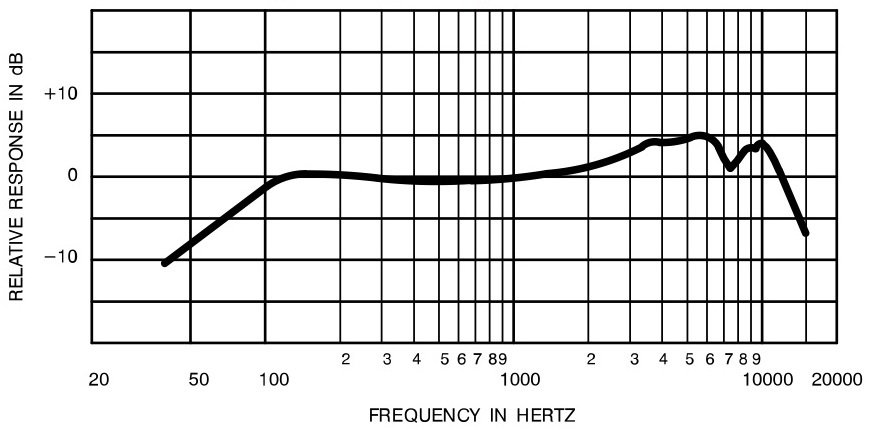
Shows the balance of frequencies relative to 1 kHz
Frequency Response Graphs


A key way to understanding the change in timbre that a mic, speaker, or other device adds.
Filters
A filter removes a set of frequencies. It cannot add (boost) frequencies, only eliminate them. The frequency that determines where the filter starts to cut is called the cut-off frequency. Filters also have a slope for how steep they act, which can sometimes be changed.
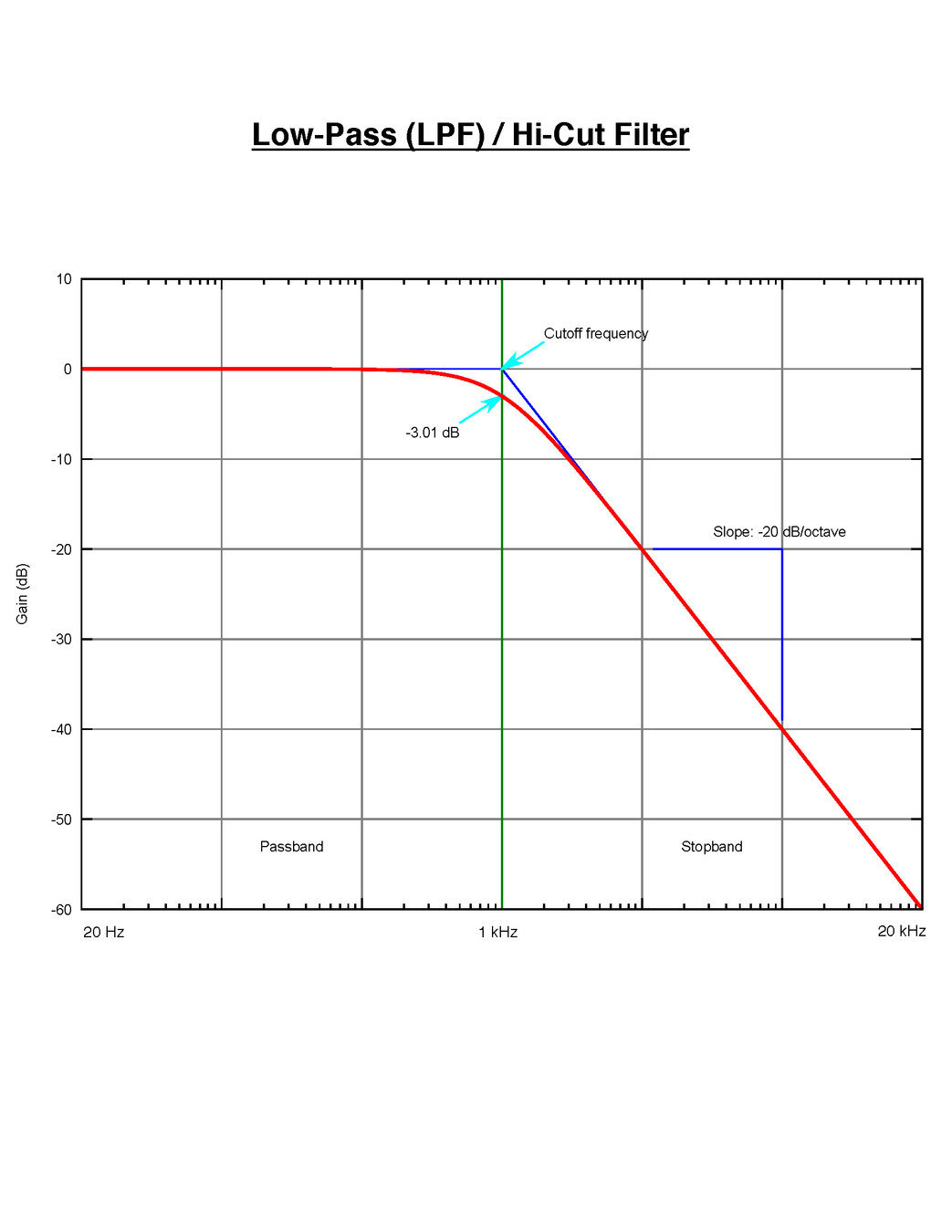
High-Pass or Low-Cut:
Cuts the lows, letting lets the highs pass through
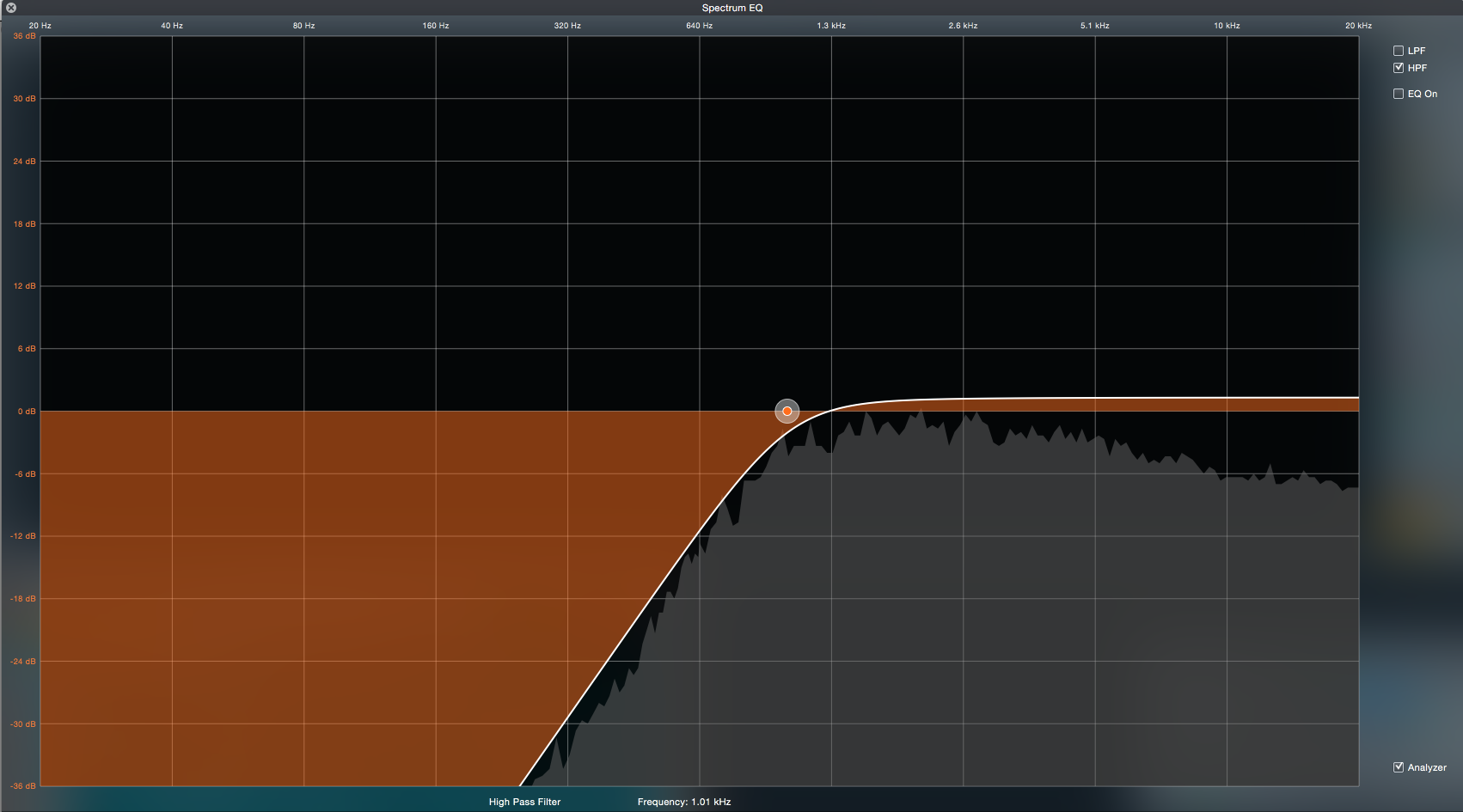
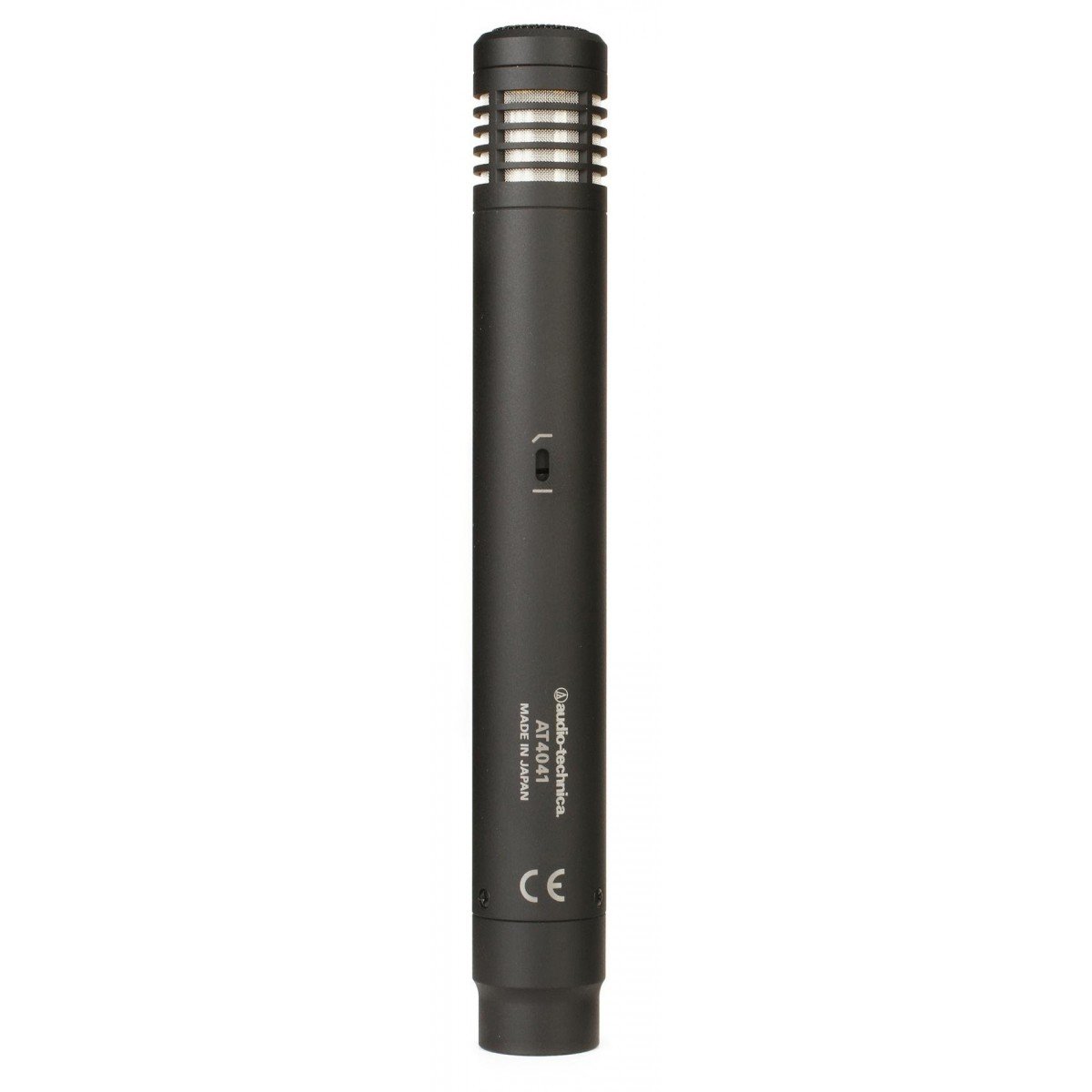

HPF on a Microphone
Flat (no filter)
HPF (80 Hz)
Low-Pass or High-Cut:
Cuts the highs, letting lets the lows pass through

HPF and LPF used together

Shelves
A shelving EQ is a filter, but with a gain control. A shelf allows a boost or cut from a cut-off frequency. It is often used to add broad changes to a sound's low or high frequency ranges.
The bass and treble controls on many home and car stereos are really shelving EQs at fixed cut-off frequencies.
High Shelf:
Boost/cut everything above the cut-off frequency

Low Shelf:
Boost/cut everything below the cut-off frequency
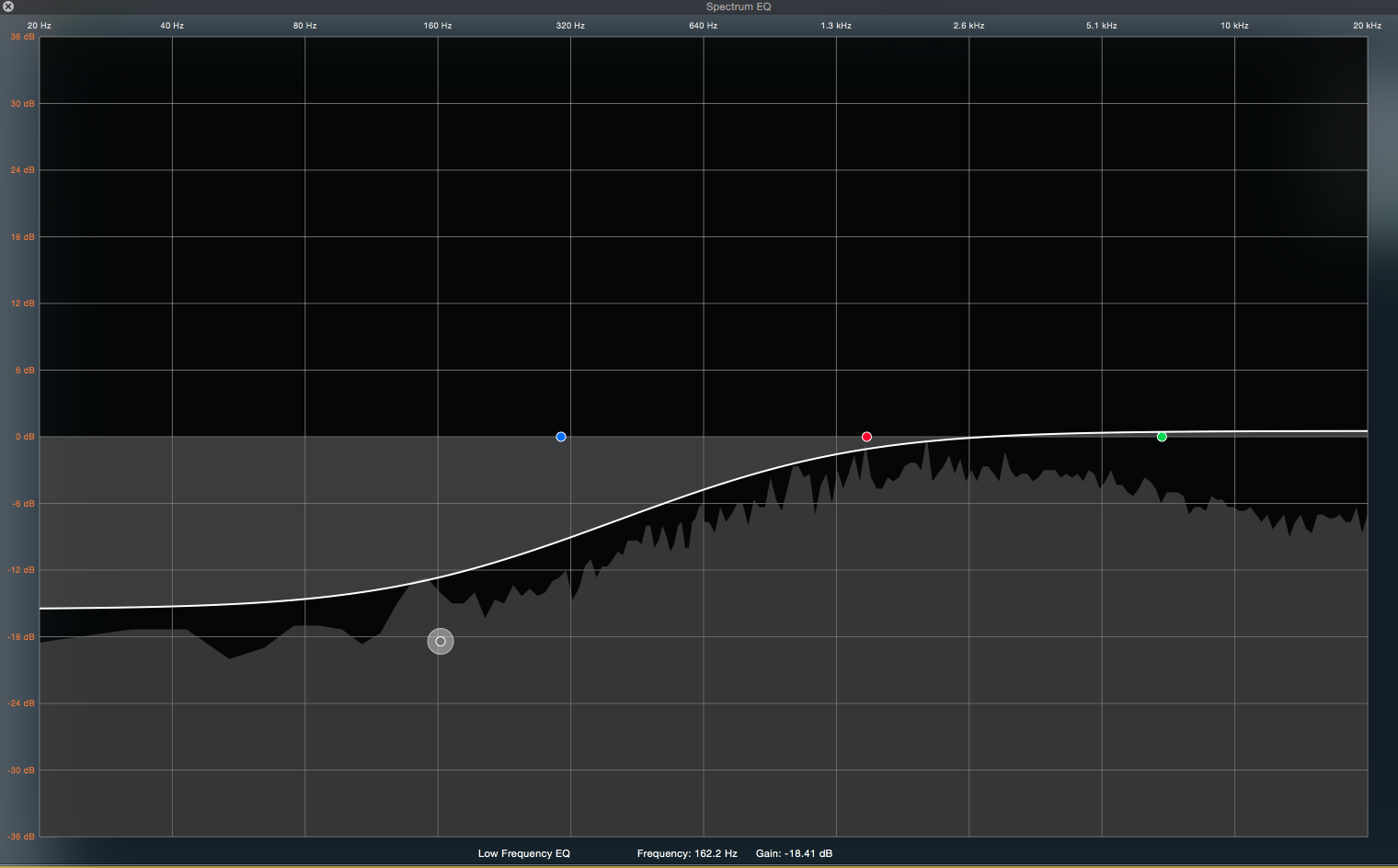
Low shelf cut + high shelf boost together
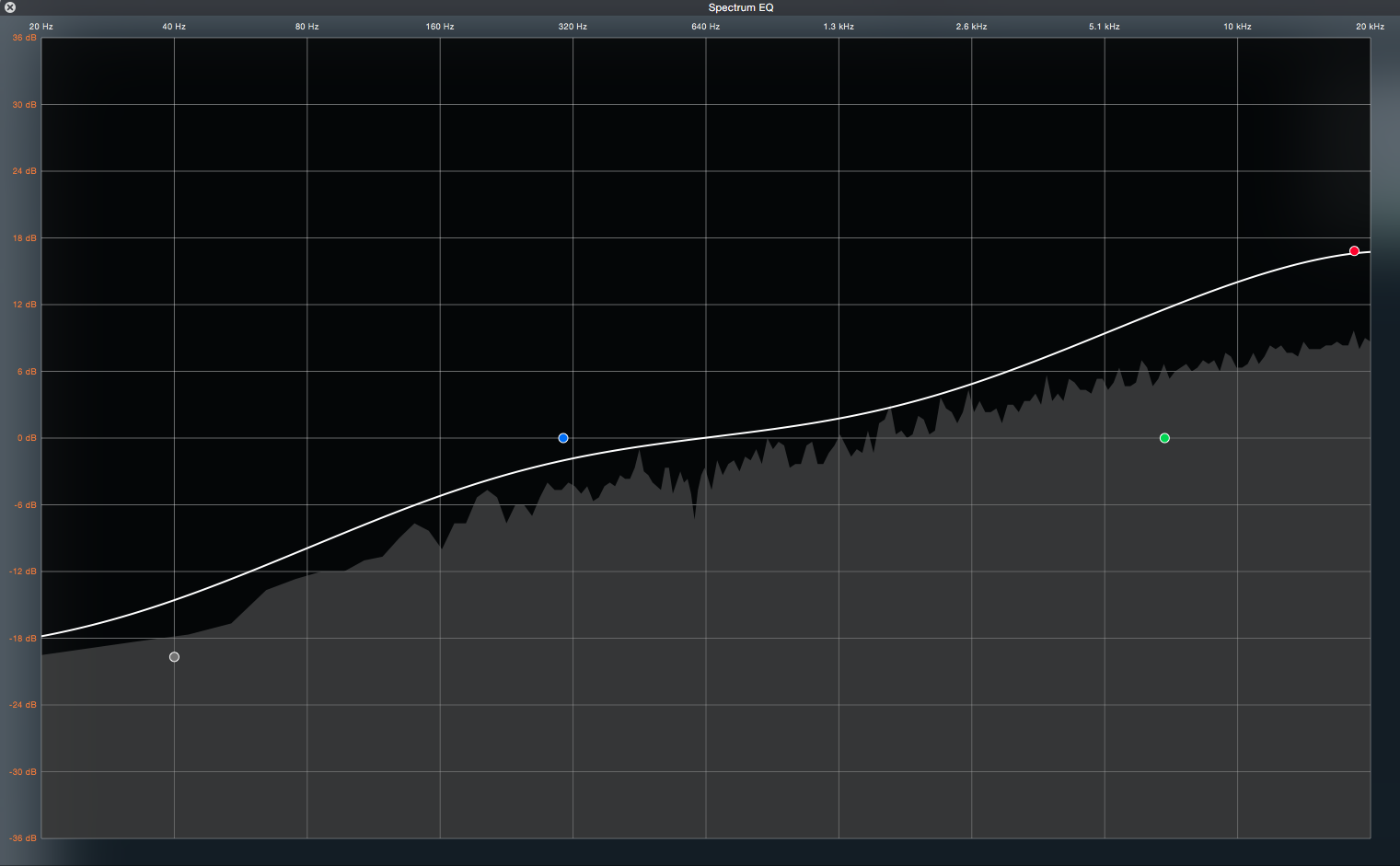
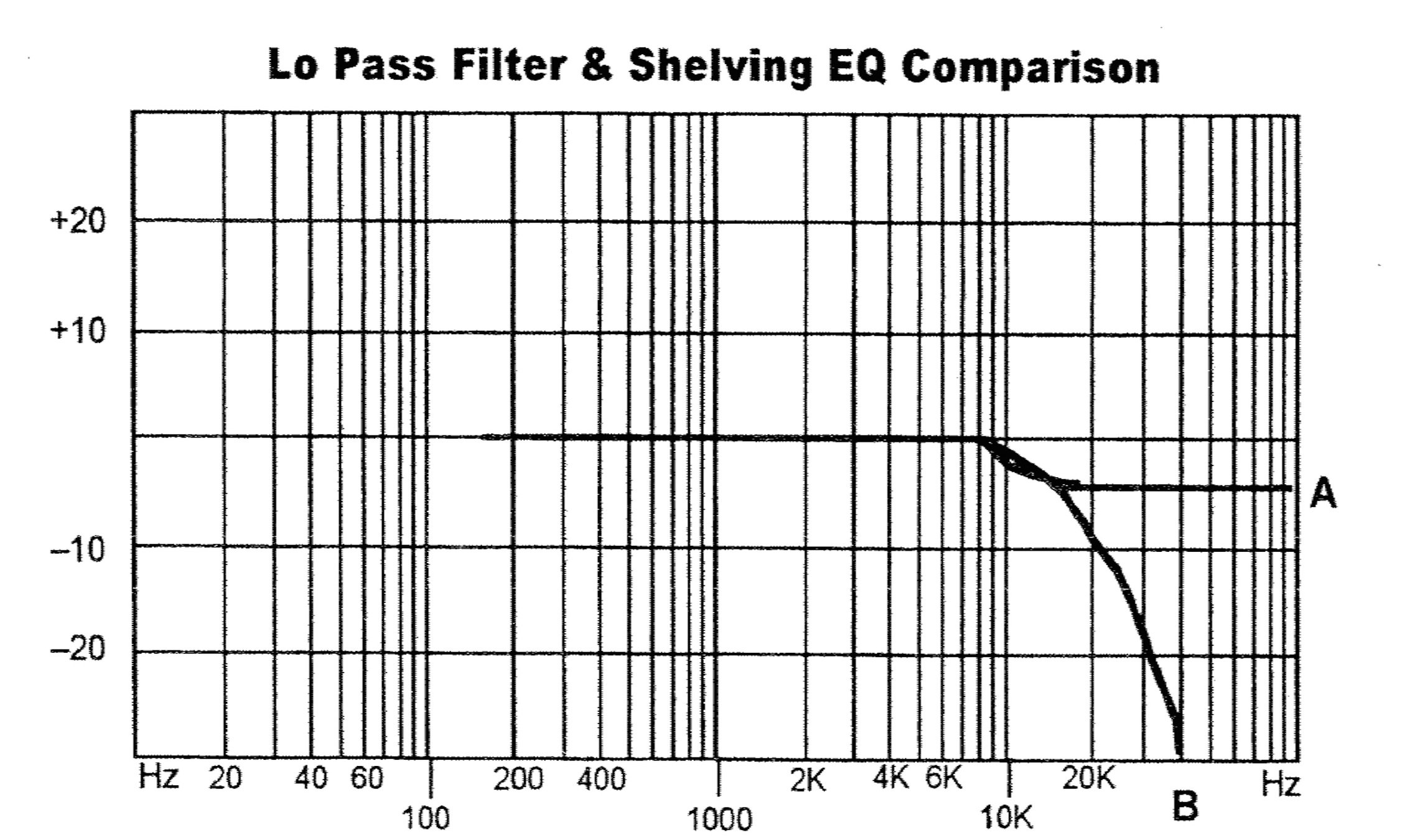
A: High shelf cut –4 dB at 10 kHz
B: LPF at 10 kHz
What about the midrange?
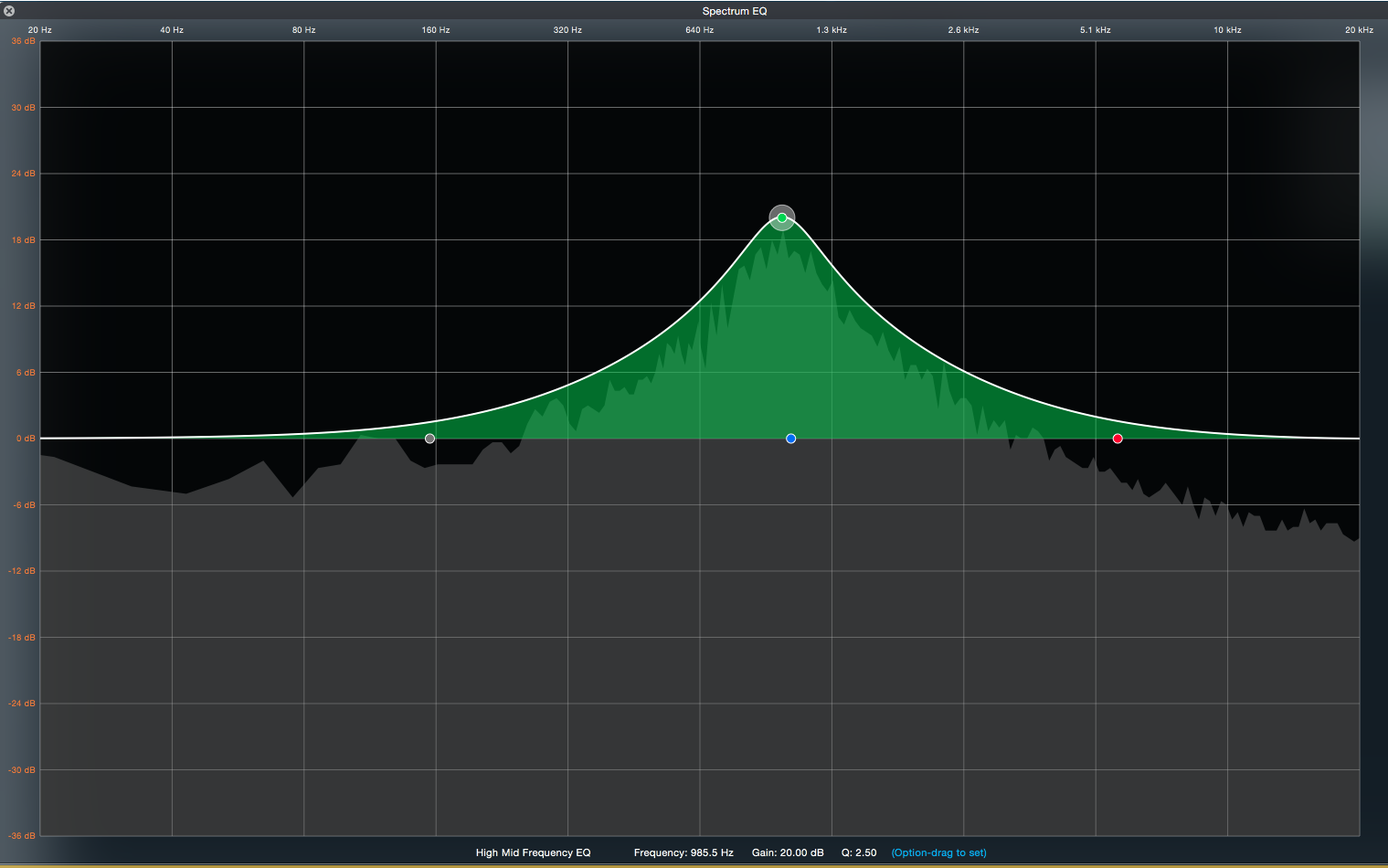
- Boost/Cut
- Peak/Dip
- Sweepable Mid
- Bell Curve
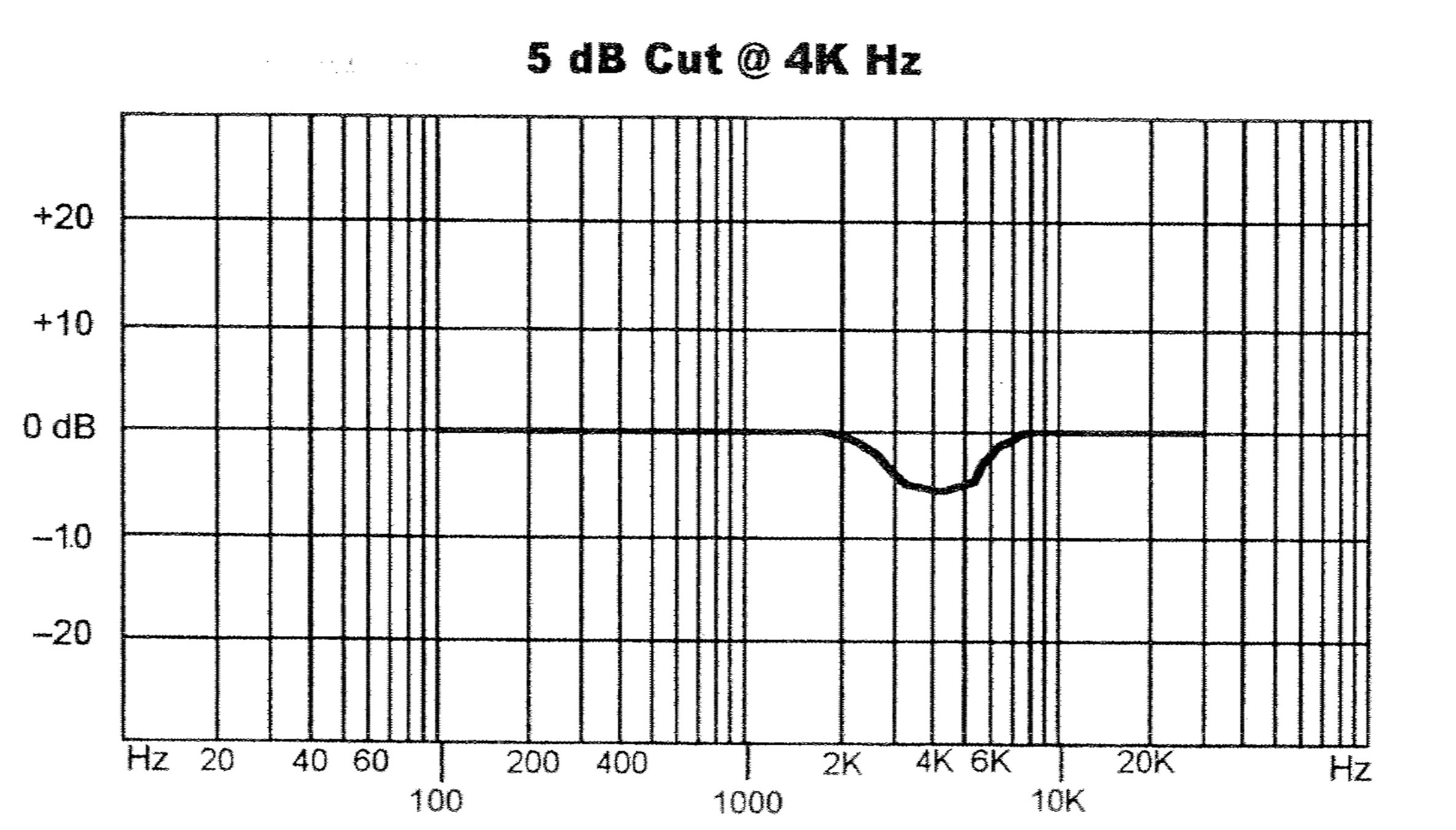
Many boost/cut EQs have a 'sweepable mid' center frequency

The frequency you set is the center of the bell curve.
Graphic
A graphic EQ made up of many boost/cut bands, each at their own frequency. It is often used in live sound to reduce feedback, and in the studio for room tuning.
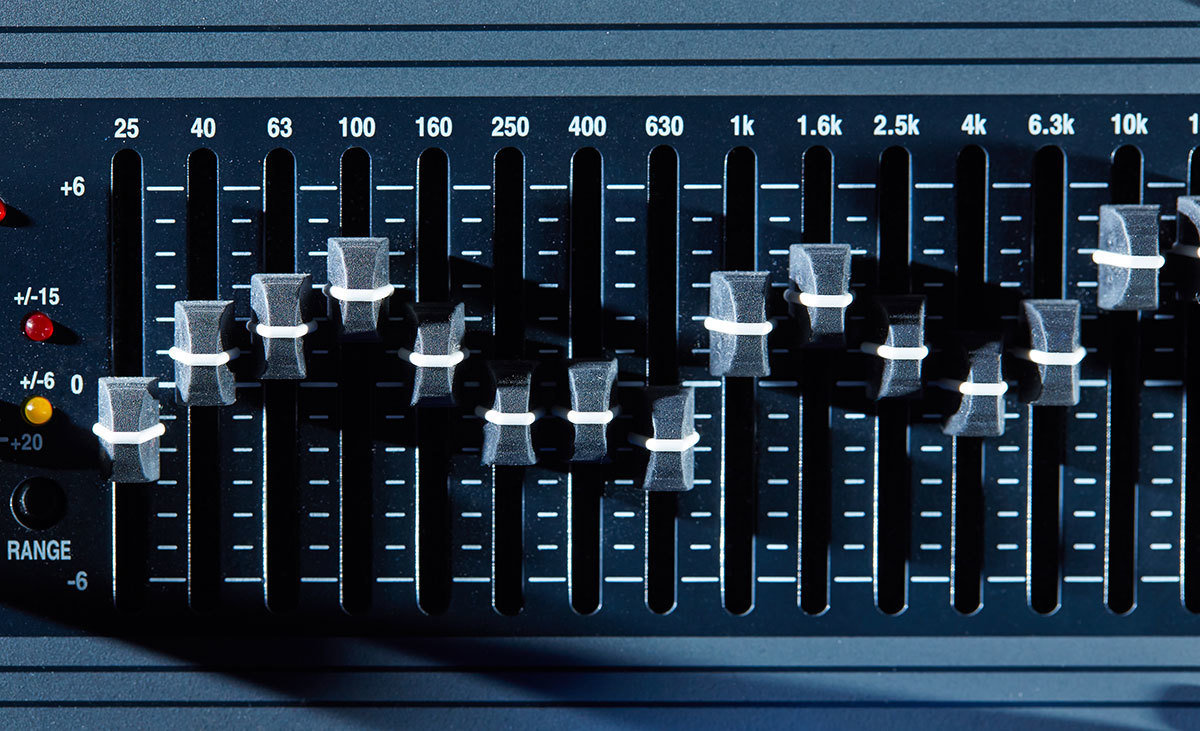
Each of these bell curves is 2/3 of an octave wide.
Parametric
A parametric EQ is a boost/cut EQ with a width control.
The width– called the bandwidth or 'Q'– makes the bell curve wider or narrower to include more or fewer frequencies around the center frequency.
It is the most flexible and powerful EQ type for studio use.
Bandwidth
- When working with Q numbers, simply remember:
Higher Q = Narrower Bandwidth
Lower Q = Wider Bandwidth
- Typical Q values could range from 0.1 – 50 or more
- A Q of one octave is about 1.4
The bandwidth on a parametric EQ is sometimes measured in octaves. More octaves included in the curve makes it wider, fewer octaves makes it narrower.
More often, it is measured with a mysterious number called the 'Q'...
Parametric +18 dB boosts at 1 kHz...

Q = 0.9
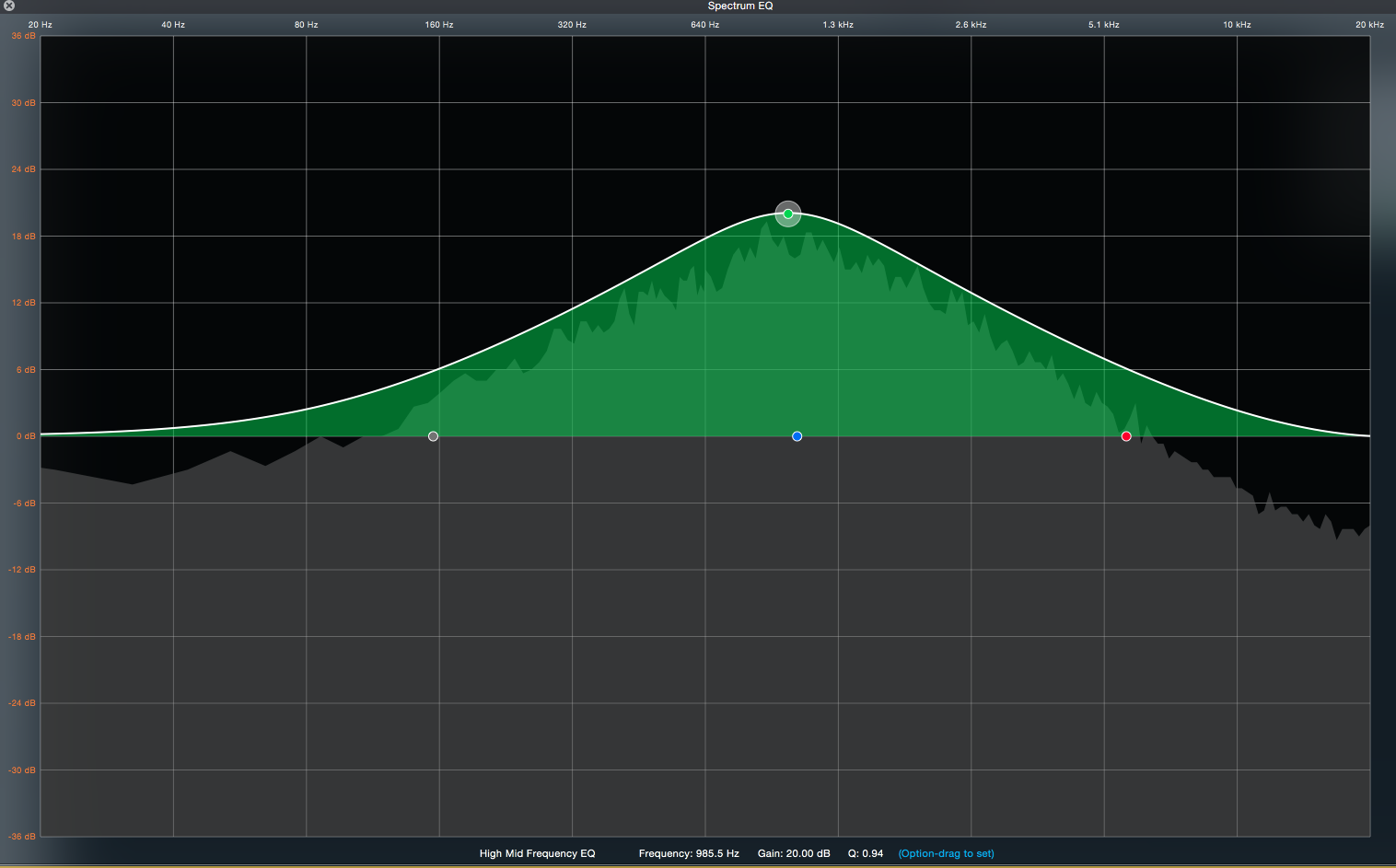
Q = 2.5